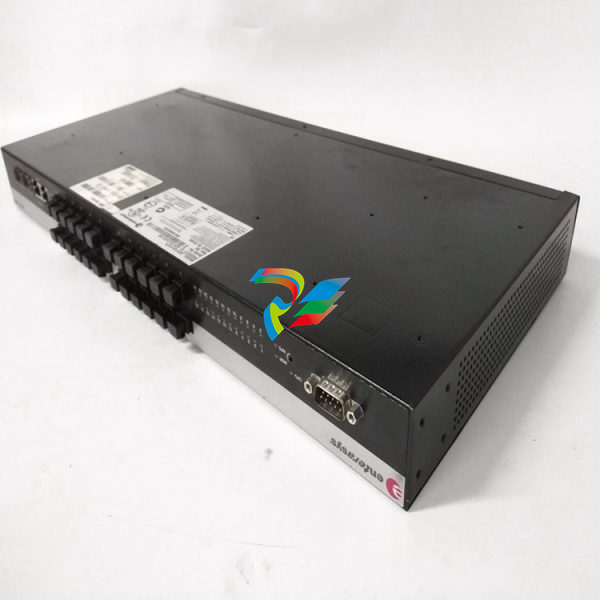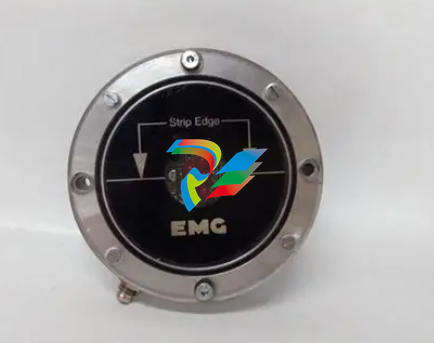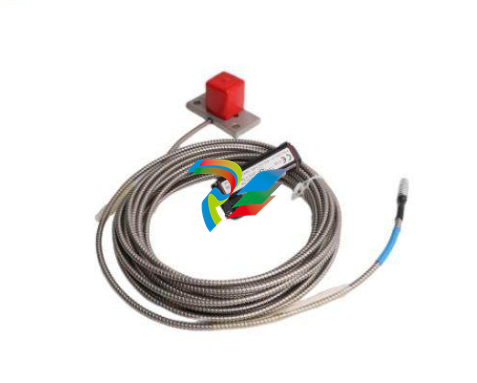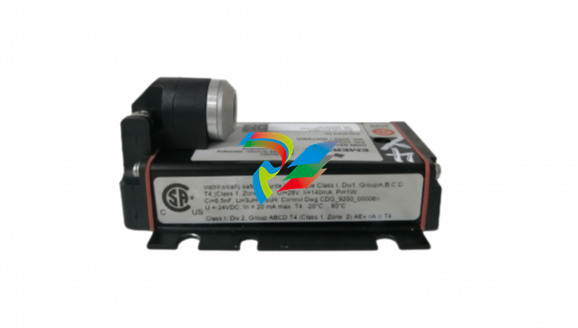
ABBIndustrial Networks Connecting Controllers via OPC
single PCI card/OPC server combination product that supports slave redundancy
could be found on the market. However, Woodhead offers an API to control their
PROFIBUS multi-slave card. That is, it would be possible to program an own
redundancy logic for the PCI card. The OPC server, which has to support redundancy as well, needs to be adjusted or reprogrammed. Implementing this redundancy brainpower in the personal computer, one of the two cards has to be
the active card while the other is in standby mode to appear transparently to the
AC800M bus master.
Since the SST-PBMS-PCI card neither does support line redundancy, we would
have to insert two cards in one computer and implement the line redundancy logic
as computer software. As a far less laborious alternative, the RLM01 introduced
earlier can be inserted.
The automation company Comsoft offers a hardware device called PRS to implement master redundancy in PROFIBUS DP systems [38]. It is intended to connect
two masters with the same address to one PROFIBUS. If one master fails, the device, which contains a galvanic switch, changes to the other master. The switchover
can also be initiated from outside via PROFIBUS itself or an additional Ethernet
connection. The device is intended for implementing master redundancy, which
is already done in our case. But, according to Comsoft, it is possible to “misuse”
the device for implementing slave redundancy and therefore replacing a software
solution [39]. However, logic to force a switchover would be needed anyway in order
for the system to work properly
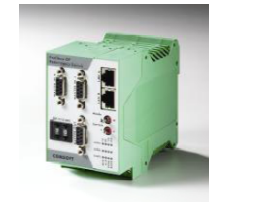
6.2.3 OPC Communication
It is of course necessary that the OPC servers for both bus interface cards are running, as well as the bridging software, e.g. Kepware LinkMaster. In addition it
would be possible to add specific redundancy management software on the computers and interconnect them via (redundant) network and DCOM to the servers
located on the second computer. That would theoretically allow the setup of a completely redundant system, coping with the outage of two different OPC servers or
PCI cards at the same time, for example. Figure 6.5 shows the setup of such a completely redundant system. The black lines stand for OPC communication while the
three dotted arrows symbolize the redundancy communication (RedCom) between
two components.
There are different redundancy manager programs (RedMgr) available on the
market, for example Matrikon’s Redundancy Broker [40] or Kepware’s RedundancyMaster [41]. They act as a server on one side while acting as a client on the other
side, able to connect to redundant servers. The decision which server has to be considered the active one depends on the quality of the OPC connection and/or can
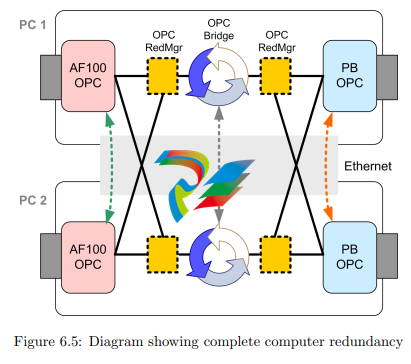
be configured with additional checks of values. The software therefore also allows
a restricted view on the transported data. However, these programs also insert an
additional delay in communication, and from the computers point of view they are
a weakness themselves since most likely all OPC connections are canceled if the
program fails. Therefore it would also be possible to use different products at the
same time, increasing the chance that one product keeps running when the other
fails. However, a very interesting alternative is the software OPCFailover of Jemmac Software. While its function is the same as the classical redundancy managers,
it does not insert a further relay, which also means no delay and no single point
of failure. This is reached by just managing the OPC connection, always pointing
to an active real OPC server, instead of acting as a proxy. As a drawback of this
solution it is to mention that it does not support the periodical check of OPC values
yet [42].
However, the introduction of such redundancy managers only makes sense if
the OPC servers are implemented transparently redundant, meaning that only one
sever is active at the time and without the need to send/receive some variables
twice. This is not the case at the moment. The imaginary dashed green and red
RedCom links in Figure 6.5 would have to be implemented first as discussed in the
previous sections. Otherwise the OPC bridging software in PC1 will for example
not match the variables defined in AF100 OPC Server of PC2. Dependent on
the brainpower of both OPC server logics, maybe also the OPC bridges are not
allowed to run concurrently and need an own (gray) redundancy communication.
Matrikon’s OPC Data Manager supports such a layout.
Subsuming, there is one big advantage in implementing redundancy for the OPC
connections in our system: It allows the simultaneous outage of several unequal
parts of both computers. As a further consequence of the presumed transparent
redundancy of the OPC servers, no variables have to be defined and sent twice in
the controllers, there for saving transmission time. Unfortunately, there is also an
considerable number of disadvantages:
• The support of transparent redundancy for both OPC server pairs is missing
and has to be implemented first in order to establish a clean solution for OPC
connection redundancy. This work is a huge programming task not to be
underestimated.
• When using classical redundancy managers, also an extra delay and another

